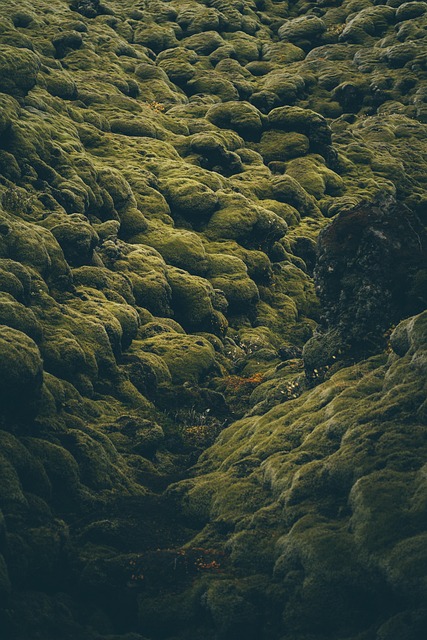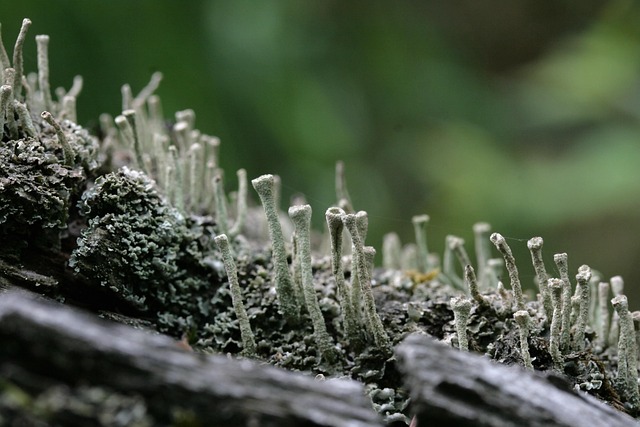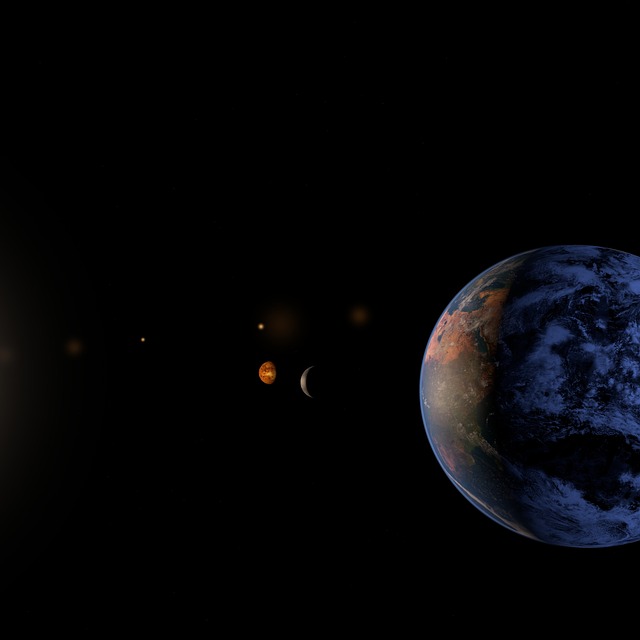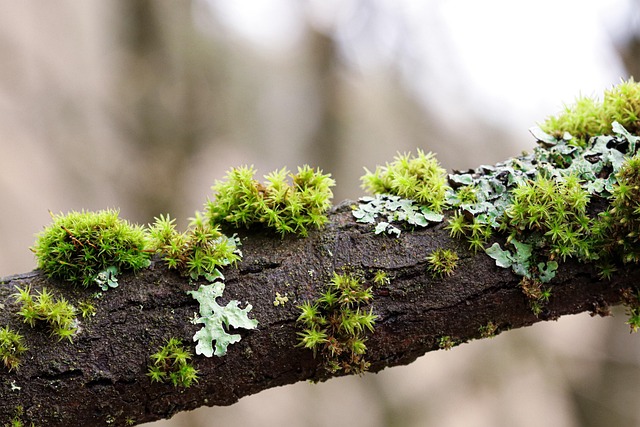Scientists first discovered nearly two decades ago that moss could grow aboard spacecraft, after specimens sent on NASA’s Space Shuttle missions developed unusual spiral shapes in microgravity. What may have appeared a charming curiosity was, in fact, part of a serious scientific effort to understand how plants might one day sustain human life beyond Earth.
++ The peregrine falcon: nature’s fastest killer in the sky
Since those early experiments, researchers have repeatedly sent seeds, spores and whole plants to the International Space Station (ISS). Now, a new study published on 20 November in iScience reveals that more than 80 per cent of moss spores placed outside the ISS for nine months survived and germinated normally once returned to Earth. The findings confirm that these spores—already known for their resilience—can endure the extreme conditions of low-Earth orbit with remarkable ease.
The moss species used in the research, spreading earthmoss, is a common laboratory organism, explained Tomomichi Fujita, a professor at Hokkaido University and co-author of the study. Each spore contains all the cellular components needed to grow a new plant, making them ideal candidates for testing survival in extraterrestrial environments. Given that mosses are believed to have been among the earliest plants to colonise land on prehistoric Earth, scientists are keen to learn whether they could also pioneer life on other worlds.
++ Power and finesse: the monkey that bites like a jaguar
Before sending the spores into orbit, Fujita’s team subjected them to a series of terrestrial stress tests—extreme heat and cold, ultraviolet light and very low pressure—to measure their limits. Spores proved far more robust than other life stages of the plant. Even so, researchers questioned whether they could survive the combined stresses of open space. “More than 80 per cent of the spores survived. That was very surprising,” Fujita said. He hopes the results will support future investigations into growing terrestrial plants on Mars or the Moon.
However, one major challenge remains unresolved: cosmic ionising radiation. The ISS still sits within Earth’s protective magnetic field, which reduces exposure to radiation that can damage DNA. Agata Zupanska, a research scientist at the SETI Institute, noted that seeds travelling beyond this protective bubble could accumulate harmful mutations long before reaching another planet.
To explore this risk, Zupanska irradiates hardy Antarctic mosses using a particle accelerator. “The most resistant-to-radiation plant is moss. This is why I got into moss,” she said, adding with amusement that “moss is cute” and surprisingly charismatic. Her team has already sent irradiated plants to the ISS to study how microgravity affects their ability to recover, although results have yet to be released.
Should moss spores—or even whole moss plants—prove capable of surviving deep-space journeys, their resilience might inspire new techniques to protect crops intended for off-world agriculture. Both Fujita and Zupanska believe moss could also play a more direct ecological role on other planets. Mosses are thought to have contributed significantly to oxygenating Earth’s atmosphere over 400 million years ago, suggesting they may one day help create habitable conditions elsewhere.





